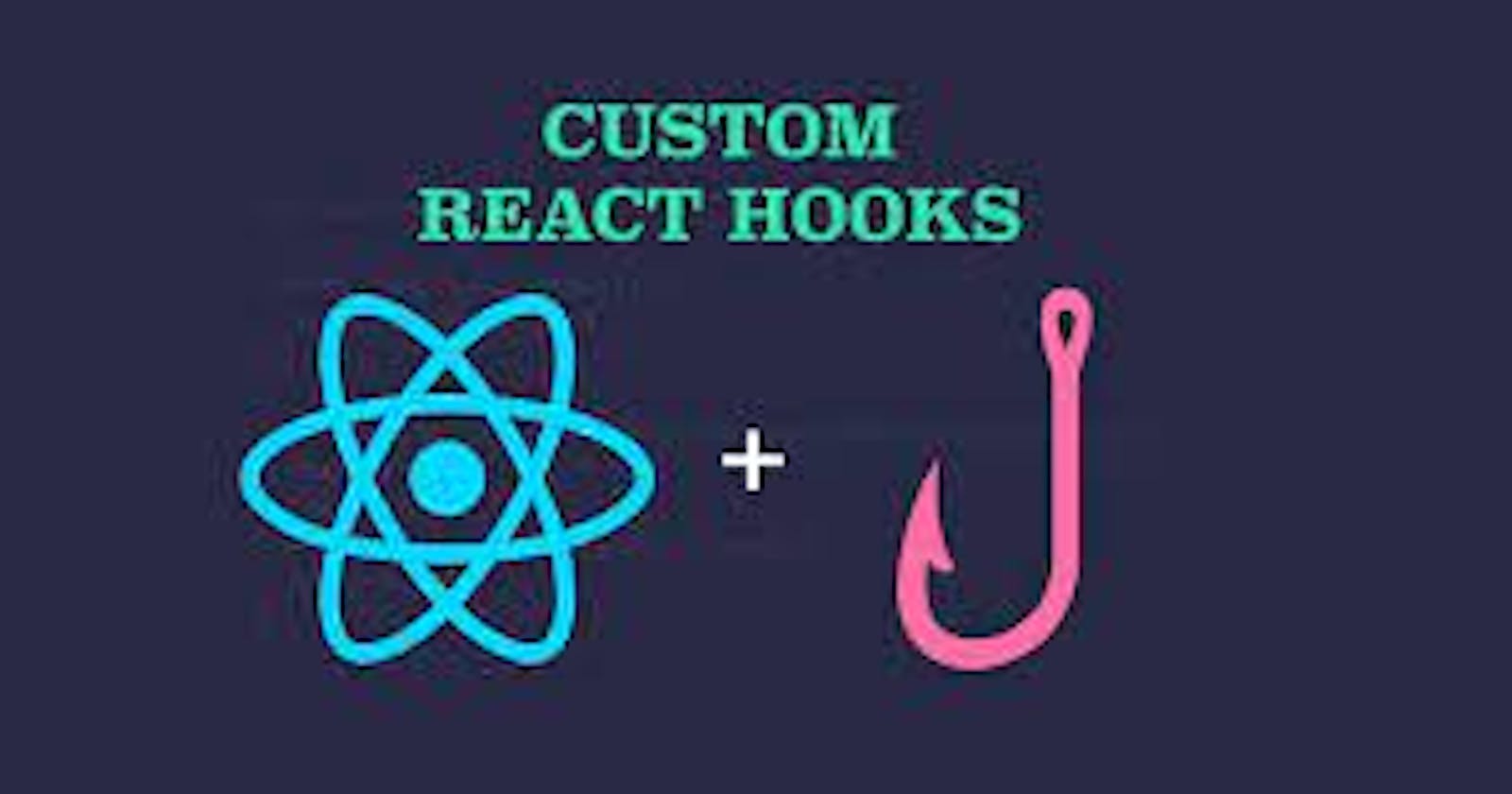Hi guys, I've been very busy getting things done and I feels great to be here again. I don't like reinventing the wheels, I also like doing things my own way so here is a simple hook using fetch, which is similar to Axios but a lot more convenient if you ask me. You skip writing the .then() and .catch over and over again.
Prerequisite
You need to be familiar with state management and React hooks. I'm going to use this opportunity to explain some of the React hooks.
React hooks
Hooks are functions that let you “hook into” React state and lifecycle features from function components.
Hooks provide a better way to build components because we can use stateful logic without changing our component hierarchy. Below are the hooks we are going to be using for this particular fetch-hook.
NB: Any data that changes in the application is called state
useState: It is the most important and often used hook. This hook handles reactive data, it takes two argument - the current state and a function to update the state, which can be called from an event. Whenever the state changes, React re-renders the UI. Example:
const [count, setCount] = useState(0)
useEffect: TheuseEffecthook allows us to perform side effects (an action) in the function components such as updating the DOM, fetching and consuming data from a server API, setting up a subscription, etc. It may or may not have dependencies which will determine how the hooks perform. Example:
const [count, setCount] = useState(0)
//no dependency array
//this is will run at each re-render and whenever app state changes
useEffect(() => {
alert('Hello world')
})
//empty dependency array
//this will run only once at each render
useEffect(() => {
alert('Hello world')
},[])
//count is a dependency
//this will run when the 'count' state changes
useEffect(() => {
alert('count changed')
},[count]
useRef: this hook allows us to create a mutable object. It is used, when the value keeps changes like in the case of theuseStatehook, but the difference is, that it doesn't trigger a re-render when the value changes. The common use case of this, is to grab HTML elements from the DOM. Example
import React, { useEffect, useRef, useState } from 'react'
const App = () => {
const buttonRef = useRef()
const handleClick = () => buttonRef.current.click()
return (
<div>
<button ref={buttonRef} onChange={handleClick}>
</button>
</div>
)
}
useCallback: returns a memoized(a cached value so that it does not need to be recalculated) callback function. This allows us to isolate resource intensive functions so that they will not automatically run on every render rather only runs when one of its dependencies update.const [count, setCount] = useState(60); const showCount = useCallback(() => { alert(`Count ${count}`); }, [count]) return <> <SomeChild handler = {showCount} /> </>
Let's write that custom fetch hook
This is the entire code for the custom hook:
//import the needed react hooks
import { useCallback, useEffect, useRef, useState } from "react"
//create the function
export const useFetch = () => {
//set the state for loading and error
const [loading, setLoading] = useState(false)
const [error, setError] = useState()
//this method helps with when a request is cancel so it can stop the function cleanly
const activeHttpRequests = useRef([])
//async funcion to fetch data using 'useCallback' so the function is memoized
const sendRequest = useCallback(
//parameters for the function are set and fallbacks are provided
async (url, method = 'GET', body = null, headers = {}) => {
//loading is set to true when the request is sent
setLoading(true)
//the abort controller method is initialized
const httpAbortCtrl = new AbortController()
activeHttpRequests.current.push(httpAbortCtrl)
try {
const res = await fetch(url, {
method,
body,
headers,
signal: httpAbortCtrl.signal
})
const data = await res.json()
activeHttpRequests.current = activeHttpRequests.current.filter(
reqCtrl => reqCtrl !== httpAbortCtrl)
if(!res.ok) {
throw new Error(data.message)
}
setLoading(false)
return data
} catch (err) {
setError(err.message)
setLoading(false)
throw err
}
},[])
const clearError = () => {
setError(null)
}
useEffect(() => {
return () => {
activeHttpRequests.current.forEach(abortCtrl => abortCtrl.abort())
}
},[])
return { loading, error, sendRequest, clearError }
}
The hook can be used like so:
import React, { useState } from 'react'
//import custom dependencies
import { useFetch } from './hooks/fetch-hook'
import { LoadingSpinner, Modal } from './components/index'
const App = () => {
//set states for payload and response
const [name, setName] = useState('')
const [email, setEmail] = useState('')
const [data, setData] = useState([])
//destructure the needed methods from the fetch hook
const { loading, error, sendRequest, clearError } = useFetch()
//function to handler form submit
const submitHandler = async (e) => {
e.preventDefault()
try {
//request url, method, payload, header
const data = await sendRequest('https://apirequesturl.com',
'POST',
JSON.stringify({
name,
email
}),
{ 'Content-Type': 'applcation/json' })
//set state of data to response received
setData(data)
} catch (err) {}
}
return(
<>
{loading && <LoadingSpinner loading={loading}/>}
{error && <Modal error={error} clearError={clearError} />}
{data && <Modal message={data.message} />}
<h1>Hello Web3</h1>
<form onSubmit={sendRequest}>
<input type="text" value={name} onChange={(e) => setName(e.target.value)} />
<input type="email" value={email} onChange={(e) => setEmail(e.target.value)} />
<button type='submit'>submit</button>
</form>
</>
)
}
export default App
I hope this article has been helpful to you in some ways. You can create hooks for several things which ranges from setting the state of a particular element of your project throughout your entire app(referred to as context) to managing user inputs. You can check out the official React docs at Building Your Own Hooks on how you can create your own custom hook. Please drop your comments, suggestions and questions and I'll be glad to respond as soon as possible. Thanks for reading and happy coding.

